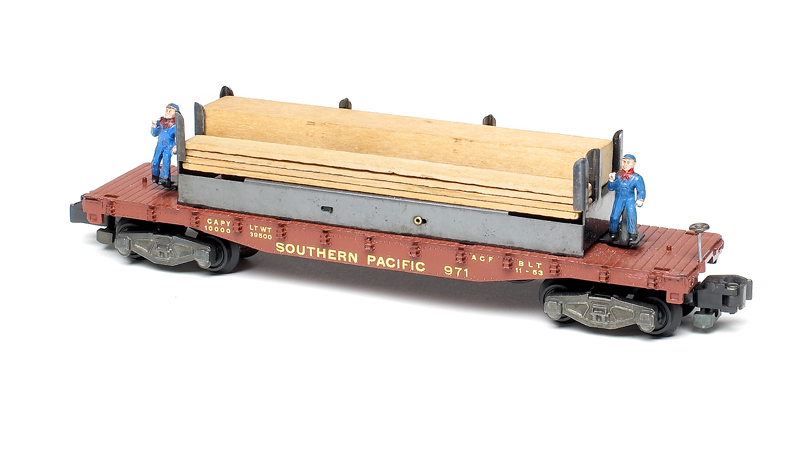
American Flyer No. 971 lumber unloading car So much of the joy that we hobbyists associate with toy trains comes from our love of illusion. Like children watching a magician, we suspend all belief and forget that electricity is responsible for moving our O or S gauge trains. Time after time we want to believe […]
Read More…
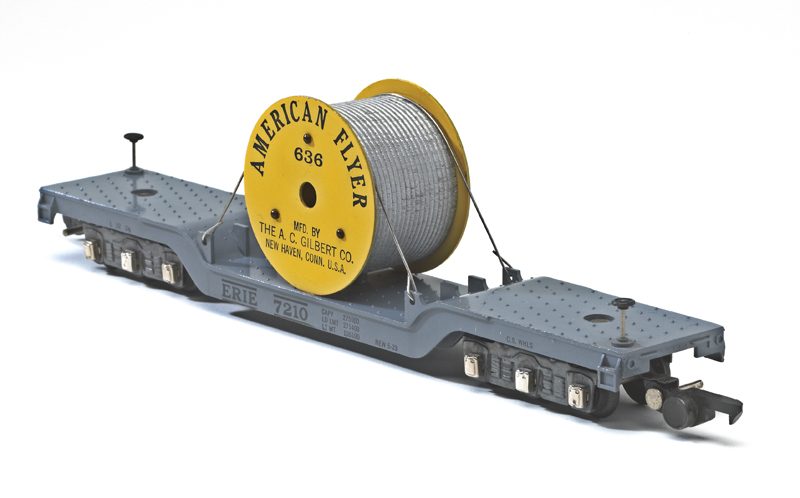
American Flyer No. 636 depressed-center flatcar with reel Even before World War II, the A.C. Gilbert Co. had experimented with loads for its flatcars. Of importance were the models with a small civilian or military vehicle, which could be unloaded via remote control. These models returned after the war. Lionel decided against competing with Gilbert […]
Read More…
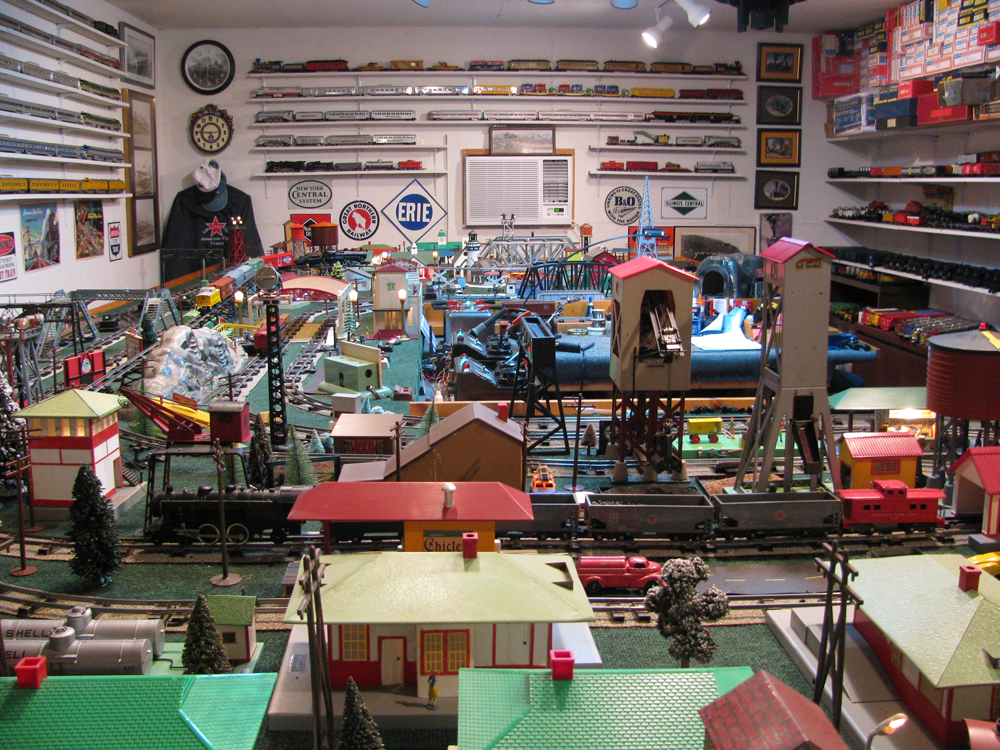
My first train set (or locomotive) was…? I got my first train set for Christmas in 1948 — I was 3 years old. I had no idea I was going to get a train. I remember my mom coming into my bedroom and waking me up not too long after I went to bed. She […]
Read More…
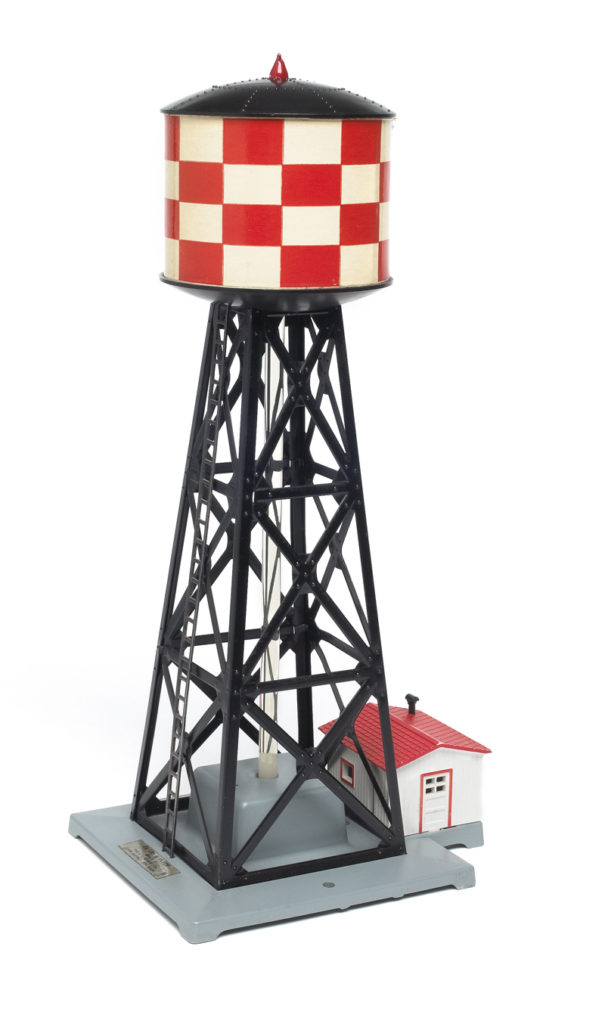
Toy train firms selling miniature versions of steam locomotives knew the full-size versions of those models needed to fill their boilers with cool water on a regular basis so their firebox could heat the water until it boiled. Then it could produce steam to move the rods and pistons that kept the drive wheels moving. […]
Read More…
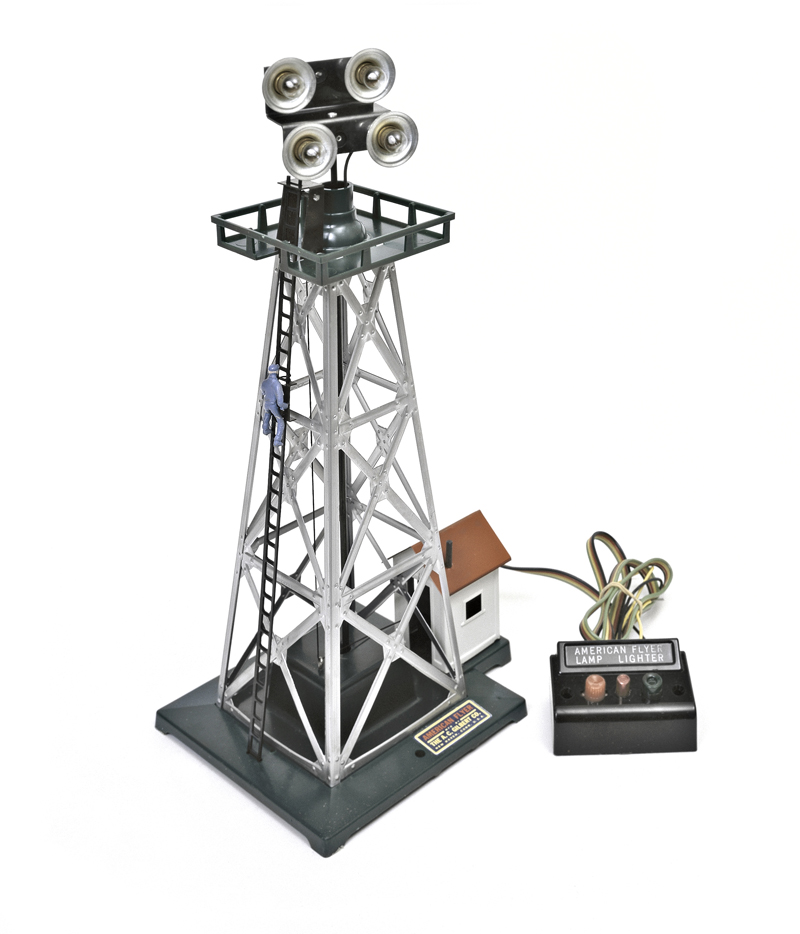
Lionel wasn’t alone in making landmark accessories after World War II. Colber and Marx brought out great ones. Above all, the A.C. Gilbert Co. developed outstanding S gauge accessories for its American Flyer line. One of the most significant and collectible was the No. 23780 Gabe the Lamp Lighter. The 23780, arguably the last great […]
Read More…
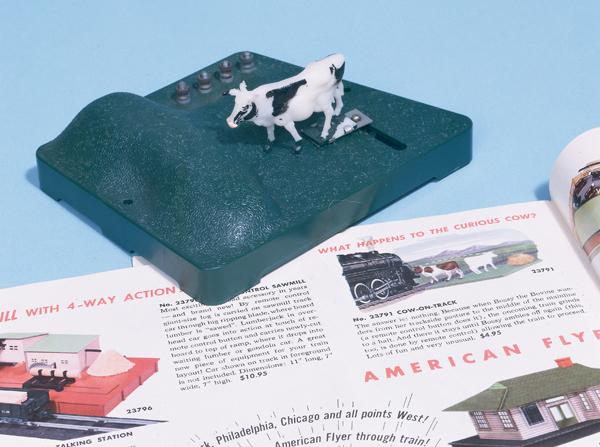
The world of animated O and S gauge toy trains accessories was, for all intents and purposes, a fairly serious one during the postwar era. Operating freight loaders, stations, and other facilities sought to imitate the activities associated with big-time railroading and industrial labor. There wasn’t time for frivolity. Where animals were concerned, however, all […]
Read More…
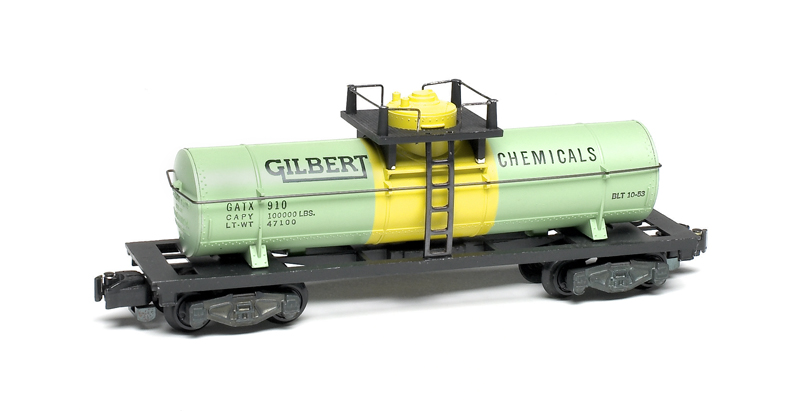
Despite the lack of play value in tank cars, boys wanted them because they reflected what kids saw in full-sized trains. So prewar manufacturers like Lionel and Ives developed tank cars, but hoped to do more with them. The breakthrough came in 1932, when Lionel worked out a licensing agreement with Sun Oil Co. Tank […]
Read More…

After Gilbert acquired the assets of American Flyer in 1938, it set out to develop a line of 3/16-inch scale models that ran over three-rail track. The firm announced the debut of a die-cast metal 4-6-4 Hudson and tender the next year. The men assembling Gilbert’s first S gauge line for 1946 were eager to […]
Read More…

Get your toy trains ready for the holidays While cleaning out my parents’ attic I found my old trains. Even after I had grown up and moved away, Mom and Dad still used them for years around their Christmas tree. Now, however, my trains have been boxed up and haven’t run for five years. I’d […]
Read More…
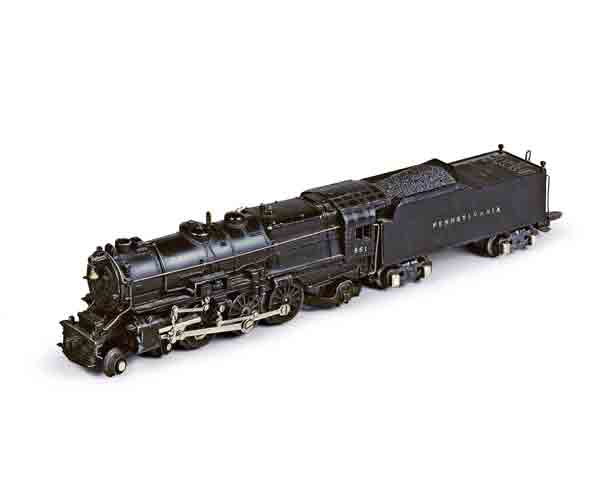
In 1938, toy maker A.C. Gilbert purchased the American Flyer Manufacturing Co. Production was moved from Chicago to Connecticut (Gilbert was based in New Haven). Gilbert turned the Flyer line upside down in the name of realism. Gone were sheet-metal steam and electric-profile locomotives with brassy trim and oversized features. They were replaced by realistic […]
Read More…
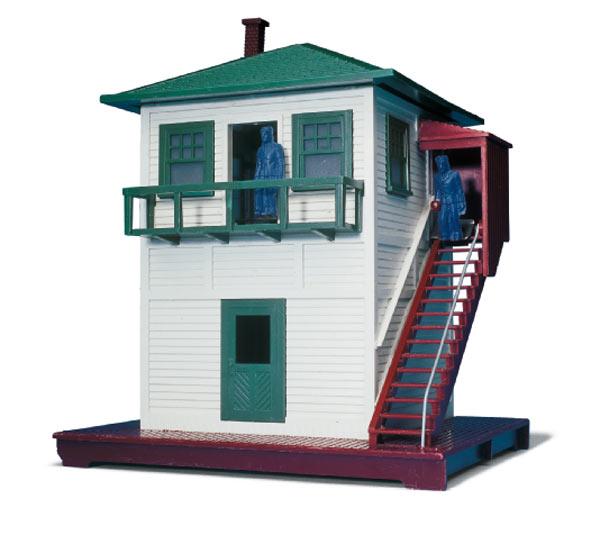
10 vintage toy train items for your holiday layout The holidays are fast approaching! If you’ll be setting up a display (or a permanent layout), Senior Editor Roger Carp has suggestions for 10 items to add for the most fun! 1. Lionel No. 154 highway signal – for once, its enormous height and out-of-scale proportions […]
Read More…

How did you get started in the hobby? I received my first model electric train for my sixth Christmas. It was an American Flyer train. Nothing against Lionel, but I told Santa that I wanted a train with two rails, like the real ones. Like many modelers, I really started building what you might consider […]
Read More…












